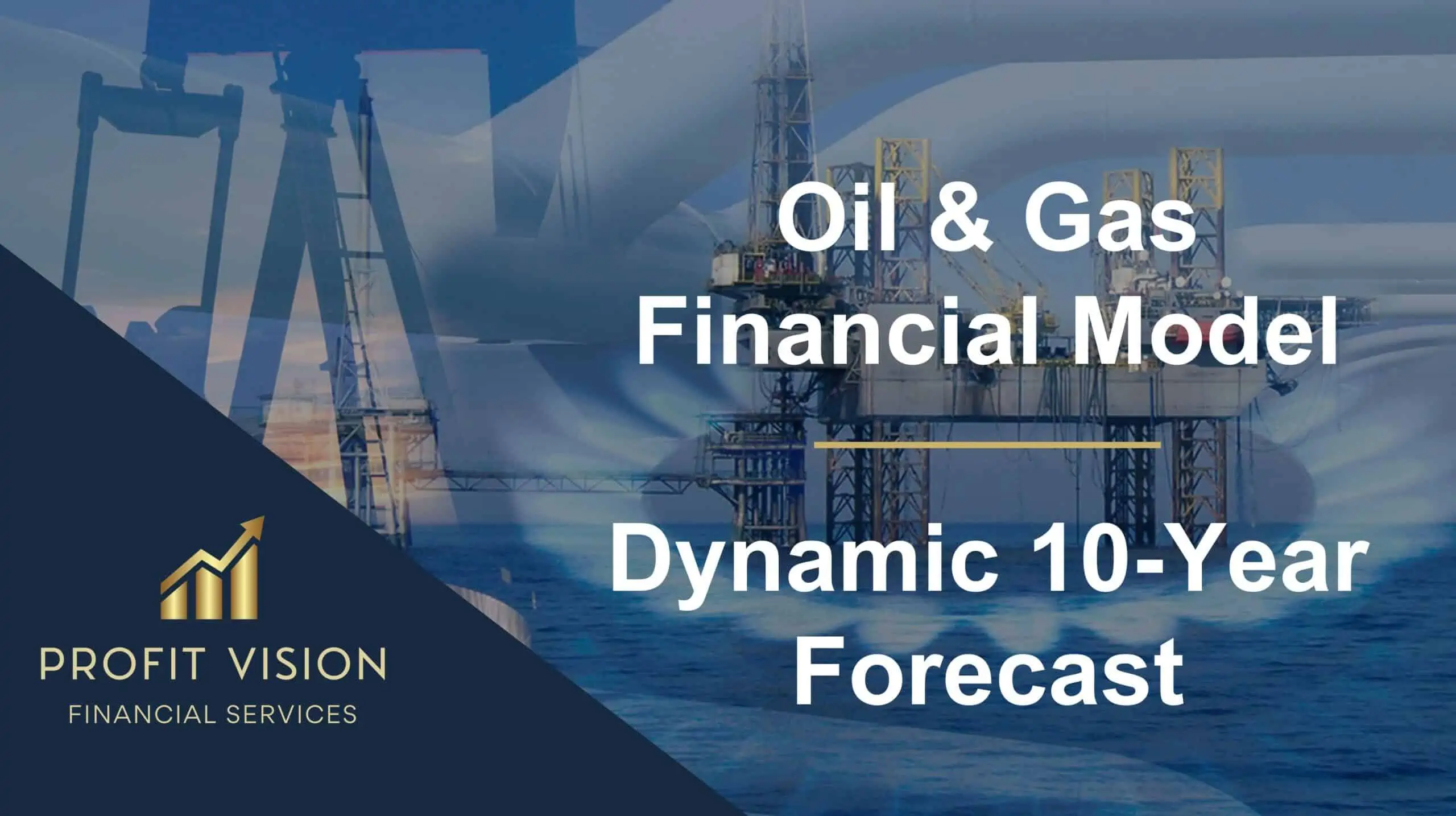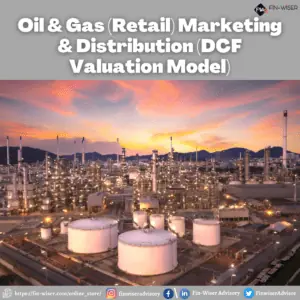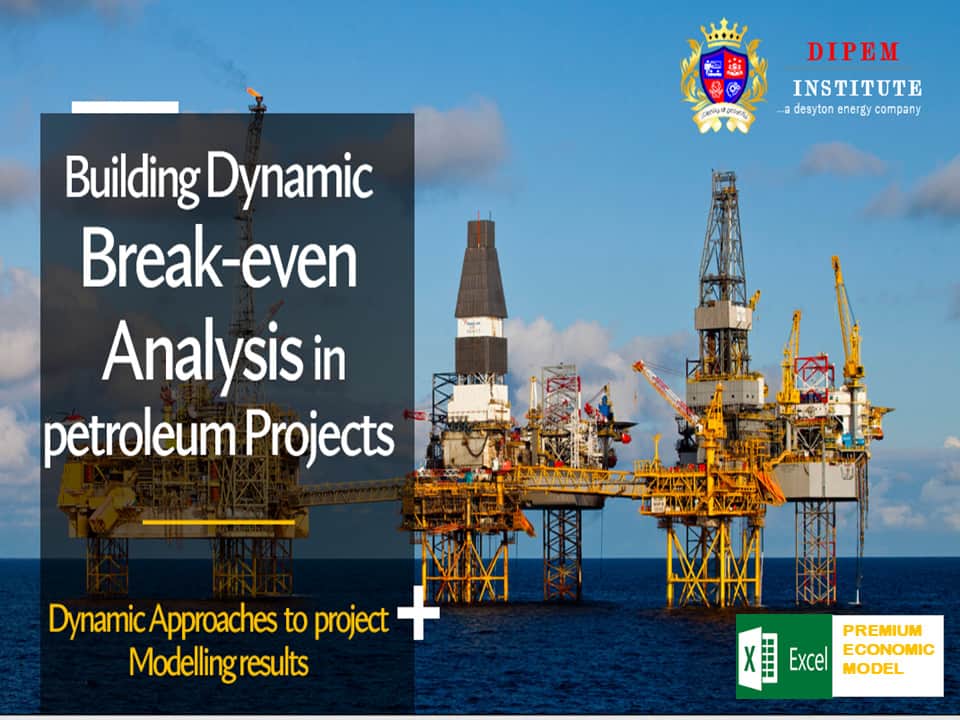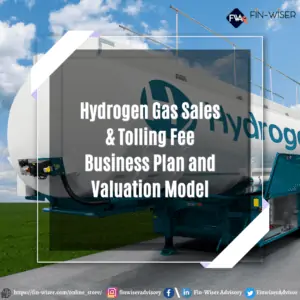Private Equity Oil and Gas Financial Model
The Private Equity Oil and Gas Financial Model evaluates the financial feasibility and investor returns when investing in a portfolio of upstream oil & gas drilling wells. The model analyses each project separately and also comes up with Pro-forma consolidated financials simulating the financial metrics for the portfolio overall. Investors can either participate at the project or the consolidated level with a two-tier profit distribution waterfall scheme.
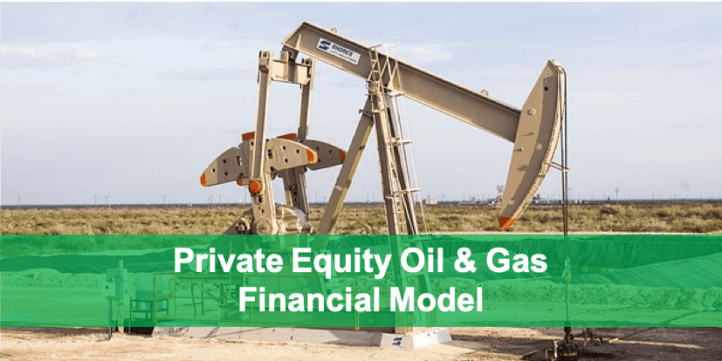
This Excel spreadsheet template models the financial projections for a portfolio of up to 10 upstream Oil & Gas Drilling wells from a Private Equity investor point of view. Investors can either invest at the project level or the consolidated level.
This spreadsheet model was created to provide a more advanced model version than the Upstream Oil & Gas model, which includes not only one well but an investment in a portfolio of different drilling well projects. The Private Equity Oil and Gas Financial Model contains detailed financial projections, including Income Statement, Balance Sheet, Cash Flow Statement, Financial Ratios and Free Cash Flow Forecast for each drilling well project as well as for their aggregated financial projections at a consolidated level.
The forecast horizon covers a period of 30 years for each of the 10 drilling well projects. The model is driven by a set of assumptions that help to forecast the production of oil, gas, or natural gas liquid (NGL) and the corresponding revenues, costs, and capital expenditures for each well.
The Private Equity Oil and Gas Financial Model calculates a range of financial feasibility metrics such as the amount of funding required, Internal Rate of Return (IRR), Payback Period, Cash on Cash Yield, and Net Present Value (NPV). Summary sheets also provide breakdowns and comparisons of the relevant financial metrics by the project. Uses and sources of funds are stated on a project-by-project basis as well as on an aggregated level. For each drilling project, a debt financing schedule is included as well. The model also calculates and compares the break-even points for volumes and prices for each project. A sensitivity analysis is available for the IRR calculations.
Private Equity Investors can invest by using a standard General Partner/Limited Partner profit distribution model where the general partner’s compensation can be modeled depending on the achieved financial performance. A two-tier profit distribution waterfall model is included, allowing investor participation either at the project or the consolidated level.
There is also one worksheet included, which allows to break down the yearly budgets of the first two years to a monthly schedule.
A video with a walk-through of the Private Equity Oil and Gas Financial Model model template is available here:
The model includes the following worksheets:
• Title sheet
• Instructions
• Abbreviations
• General Assumptions
• Project Assumptions
• Uses and Sources of Funds
• Model Checks
• Summary
• Sensitivities
• Project Comparison
• Project Summary
• Project Summary
• Monthly Budget
• Consolidated Financials
• Investor Financials
• Project Sheets 1 – 10
The summary and the project summary sheets contain a series of tables and charts which allow deep insights, project comparisons, and financial analysis into such a portfolio. Furthermore, there are toggles to include/exclude each drilling project from the consolidated forecast. In addition, the start year for each project can be changed flexibly in the Excel spreadsheet template. This model structure allows running a series of different scenarios to understand better how their impact on the overall financial feasibility metrics and funding required.
Why this is a great model to purchase?
• Suitable for oil and gas drilling projects
• Analyze each drilling project separately
• Compare the key financial metrics of the different drilling projects and identify priorities
• Simulate investor participation at holding or at project levels together with a profit-sharing structure
• Tons of charts and tables which allow obtaining a solid understanding and insights into such projects
• Run a variety of consolidation and timing scenarios
The Excel model is available in two versions: a free PDF Demo Version and a fully editable MS Excel version. Latest Model Version is 2.3
Important Tip: Download the free PDF Demo Version to obtain a precise understanding of the model structure.
File Types: .xlsx .pdf
Similar Products
Other customers were also interested in...
Upstream Oil & Gas Project Analysis
The Upstream Oil & Gas Project Financial Model Template in Excel empowers you to project and dissect... Read more
Oil & Gas Financial Model – Dynamic 10 Y...
Financial Model providing forecast and valuation analysis of an upstream Oil & Gas Project. T... Read more
Oil & Gas Marketing and Distribution DCF Valu...
A detailed and user friend financial model that captures 5 years of Historical + 1 Year of Budget + ... Read more
Oil & Gas Financial Model – DCF and NAV Valu...
The Oil and Gas financial model with DCF (Discounted Cash Flow) and NAV (Net Asset Value) Valuation ... Read more
Economic Model for Oil and Gas Extraction Feasibil...
This model runs for 20 years and makes it easy to create a financial plan and feasibility study for ... Read more
Oil and Gas Project Finance Model
Oil and Gas Project Finance Modeling Template. This is a project finance model for an oil and gas up... Read more
Break Even Analysis in Petroleum Project Models
The main purpose of the model is to enable users to get a robust understanding of the business sen... Read more
Upstream Petroleum Operations Development Model
The main purpose of the model is to enable users to get a robust understanding of the upstream pet... Read more
Expert Sensitivity Analysis for Upstream Petroleum...
The main purpose of the model is to enable users to get a robust understanding of the business sensi... Read more
Hydrogen Gas Sales & Tolling Business Plan an...
Hydrogen Gas Sales & Tolling Fee business plan and valuation model is an excellent tool to asses... Read more
You must log in to submit a review.





















